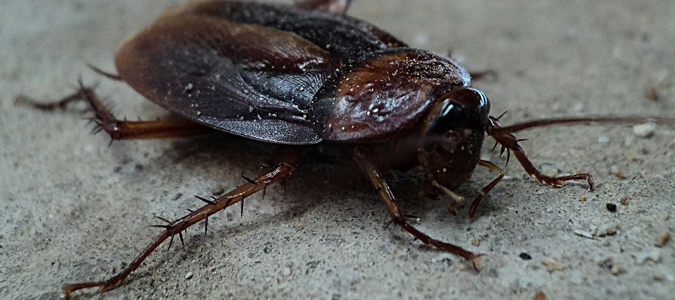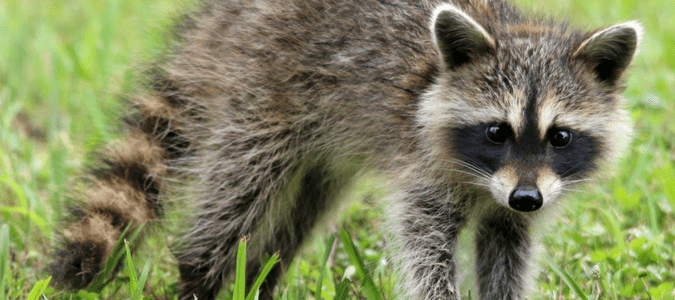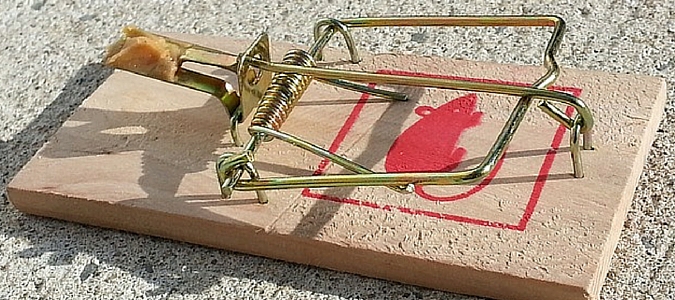Discourage Those Voracious Deer in 5 Easy Steps
Learn how to tackle a deer invasion
Deer can seriously harm your trees, bushes or garden. Unfortunately, it takes a lot of “salad” to nourish a large animal. A single deer may eat over 300 pounds of plant matter each month, according to Texas Gardener’s Seeds. The Parks and Wildlife Department warns that yearly deer damage costs American homeowners over $250 million. Luckily, people have found many effective ways to repel this ravenous beast.
1. Certain substances will discourage deer if you place them near desirable plants. Better Homes & Gardens recommends using fabric softener, human hair, garlic or mothballs. Rotting fish heads also work, but they might repel you from the garden as well. Animals frequently adapt to these repellents; you may need to use a different item every week.
2. A variety of sprays can keep hungry wildlife at bay. Some products give off a fragrance similar to that of certain … Read Full Post »


